Featured In the Media
About Joan Levinson: Joan Levinson was the 2022 Real Trends/Wall Street Journal Number 1 Realtor in Arizona, and #40 nationally. She was named by Newsweek as one of “America’s Best Realtors, 2020,” and the Inman 2022 Top Luxury Agent in Arizona, and as the Phoenix Business Journal’s Most Productive Phoenix Area Agent in 2020,2021, and 2022. As Arizona’s Luxury Real Estate Expert, she has specialized for the past 35 years in the finest estates in Paradise Valley, Scottsdale, Phoenix, and Arcadia. Levinson and her properties have appeared throughout TV and multiple major media outlets, including The Wall Street Journal, Forbes, Newsweek, Fox, ABC, NBC, Architectural Digest and more.

6 bold homes for maximalists
This Mediterranean-style five-bedroom with Parisian flair opens to black-and-white marble checkered floors, a gilded sta...
Read More +

Paradise Valley luxury homes reach high marks in May
Two luxury homes in the Paradise Valley area recently closed with high distinctions.
Read More +
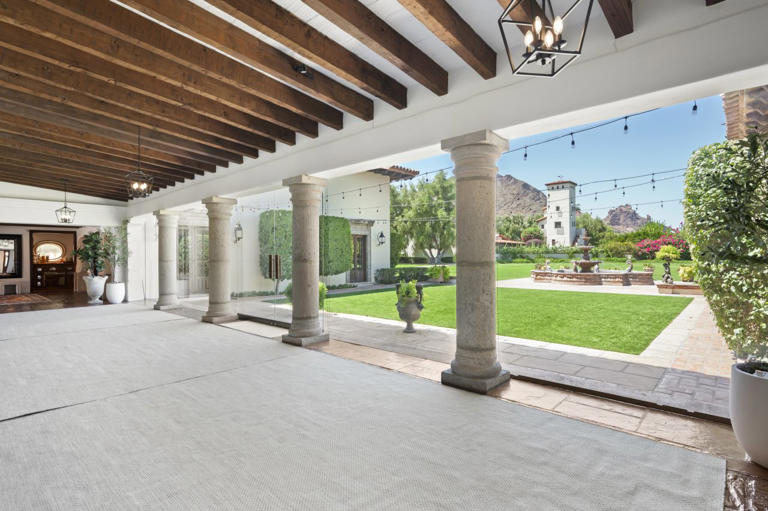
One of Arizona’s Priciest Homes Sells for $30 Million
A roughly 9-acre estate in Paradise Valley, Ariz., has sold for $30 million, making it one of the most expensive home sa...
Read More +

One of Arizona’s Priciest Homes Sells for $30 Million
A roughly 9-acre estate in Paradise Valley, Ariz., has sold for $30 million, making it one of the most expensive home sa...
Read More +
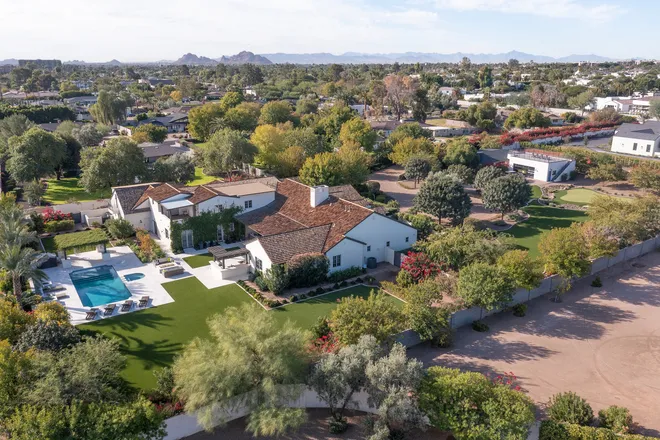
Paradise Valley home with Camelback Mountain views sells for $9.25M
A 7,370-square-foot Paradise Valley home sold in March 2025 for $9.25 million. The house on two acres comes with five be...
Read More +
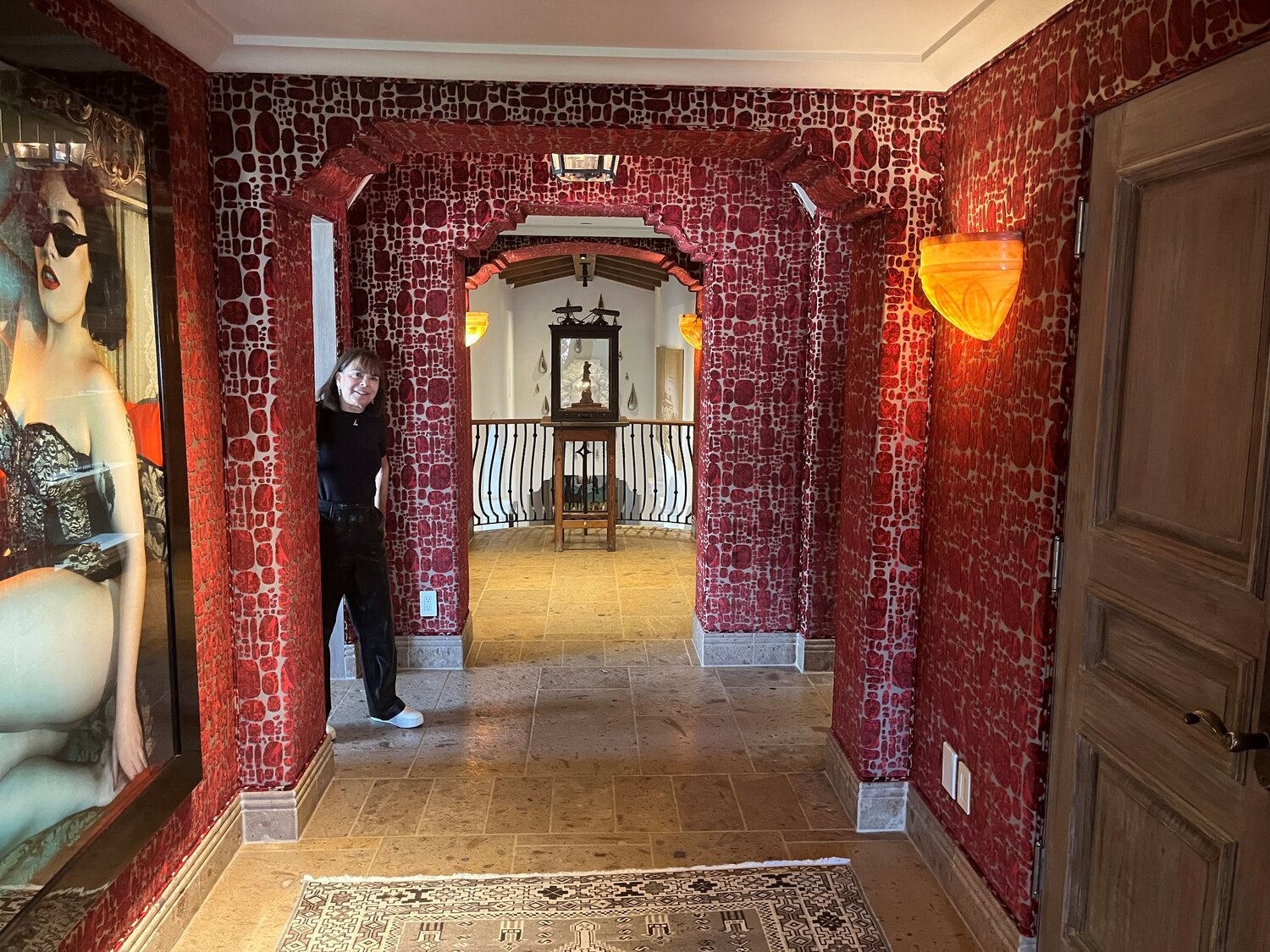
Take a trip down the rabbit hole in this Paradise Valley home
There are many things striking about the 15,800-square-foot estate that sits on 2.25 acres between Mummy and Camelback m...
Read More +
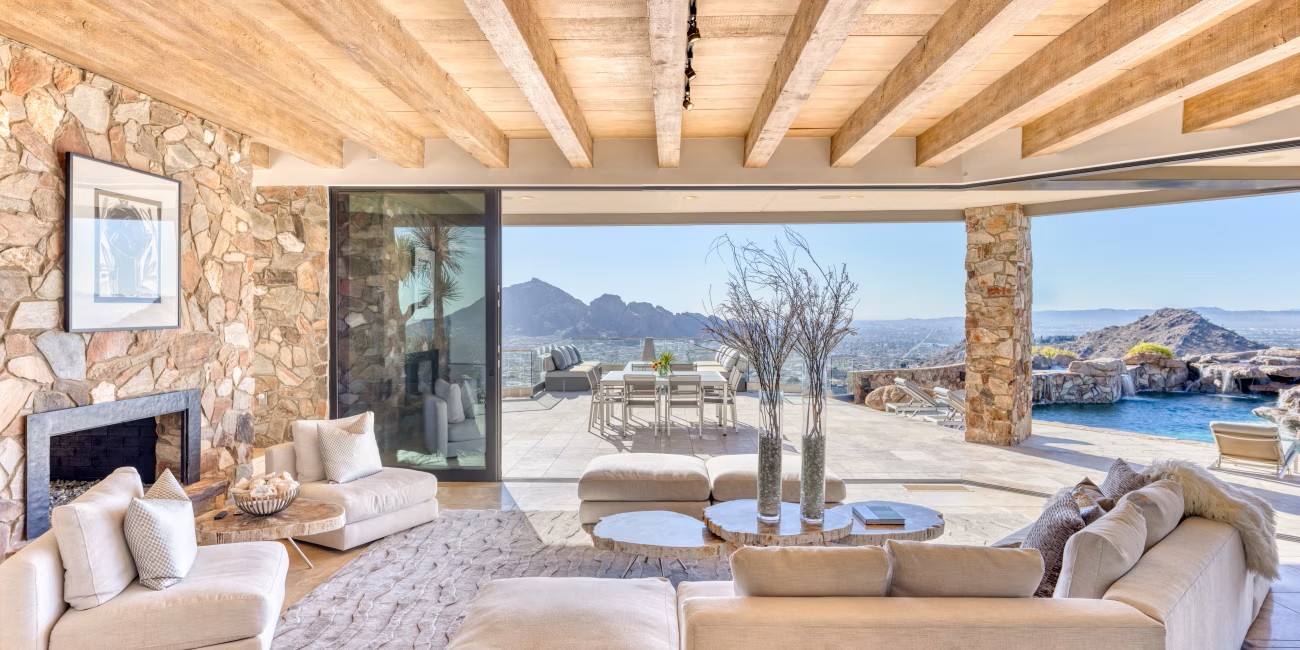
How Much Will the Best Views of Paradise Valley Cost You? $12.95 Million.
The Clearwater Hills home sits at an elevation of 1,960 feet and looks out onto Chase Field and the surrounding desert l...
Read More +
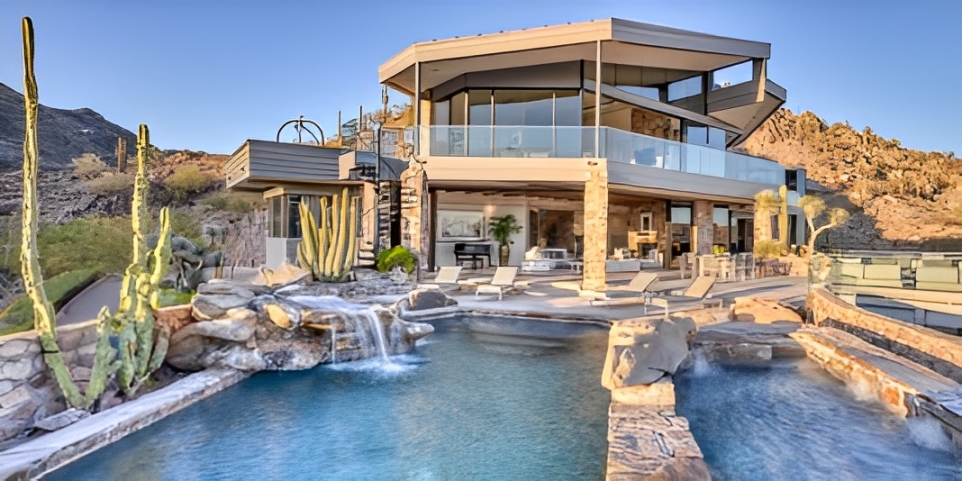
How Much Will the Best Views of Paradise Valley Cost You? $12.95 Million.
Lucia Howard’s mountainside home in Arizona sits at an elevation of roughly 1,960 feet. It’s so high, in fact, that ...
Read More +

Extraordinarily Ornate $7.8 Million Paris-Inspired Arizona Mansion Comes Complete With 24-Karat Gold Trim and 52 Chandeliers
A $7.75 million Arizona mansion is offering one homebuyer the rare chance to live like a king or queen of old courtesy o...
Read More +

Paradise Valley mansion with garage space for over 20 cars sells for $15M
A 10,051-square-foot Paradise Valley mansion was bought with cash in early February 2025 for $15 million. The house loca...
Read More +

Former Arizona Coyotes owner Meruelo lists huge Paradise Valley mansion
The former owner of the Arizona Coyotes, who owns several homes in the area, has put his sprawling Paradise Valley mansi...
Read More +

Alex Meruelo Lists Arizona Home Following the Sale of His NHL Team
The hacienda-style estate in Paradise Valley is listing for $28.9 million
Read More +

Paradise Valley mansion with basketball court, garages for 50 cars for sale for $15.9M
A view of the luxury Paradise Valley home that is listed for $15.9 million and contains a full-size basketball court and...
Read More +

Solar-powered Valley estate with NBA-grade basketball court to list at $16M
Built in 2022, this residence on 2.4 acres in Paradise Valley is solar-powered, has parking spaces for 50 cars and an NB...
Read More +

A Paradise Valley Home With an NBA-Size Basketball Court Asks $15.895 Million
In the wealthy Arizona town of Paradise Valley, a newly built estate asking $15.895 million has an NBA-size basketball c...
Read More +

One of Arizona’s Priciest Homes Sells for $30 Million
A roughly 9-acre estate in Paradise Valley, Ariz., has sold for $30 million, making it one of the most expensive home sales recorded in the state, acc...
Read More +

How Much Will the Best Views of Paradise Valley Cost You? $12.95 Million.
The Clearwater Hills home sits at an elevation of 1,960 feet and looks out onto Chase Field and the surrounding desert landscape
Read More +

Alex Meruelo Lists Arizona Home Following the Sale of His NHL Team
The hacienda-style estate in Paradise Valley is listing for $28.9 million
Read More +

A Paradise Valley Home With an NBA-Size Basketball Court Asks $15.895 Million
In the wealthy Arizona town of Paradise Valley, a newly built estate asking $15.895 million has an NBA-size basketball court, a giant chess set and pa...
Read More +

Paradise Valley’s Pandemic Rush Is Over—but High-Priced Homes Keep Selling
Even as pandemic-induced demand wanes, the affluent enclave of Paradise Valley, Ariz., has seen a recent spate of high-priced deals.
Read More +
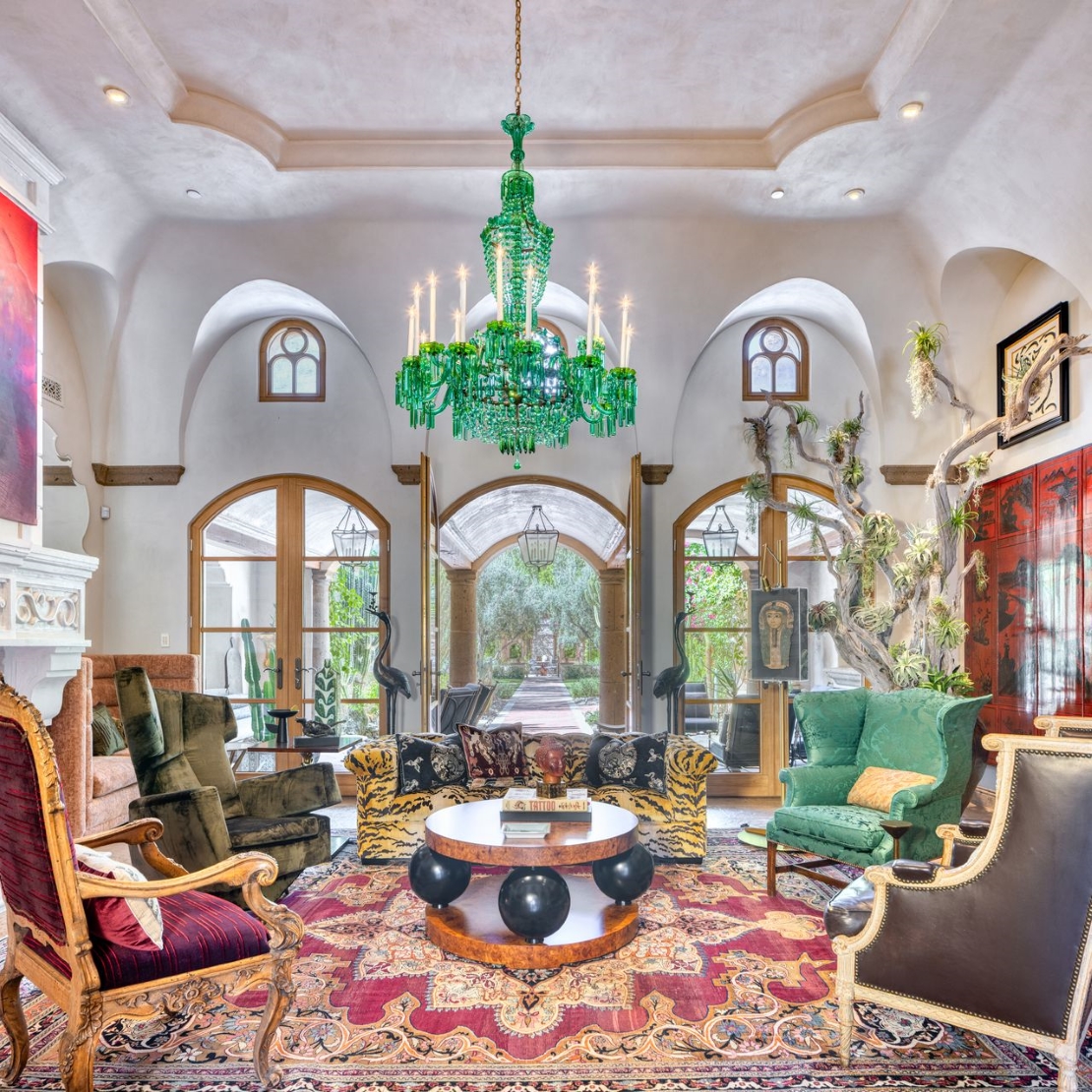
It Took Three Interior Designers before she Finally found the One
Tracy Katz worked with Matthew Boland to create a comfortable yet eclectic home in Paradise Valley. Now she’s shopping the house with her husband, J...
Read More +

A New Home Is Crowned Priciest Property to Ever Sell in Paradise Valley
In Paradise Valley, Ariz., a home built for a car collector has closed for $23.5 million, making it the most expensive home ever sold in the affluent ...
Read More +
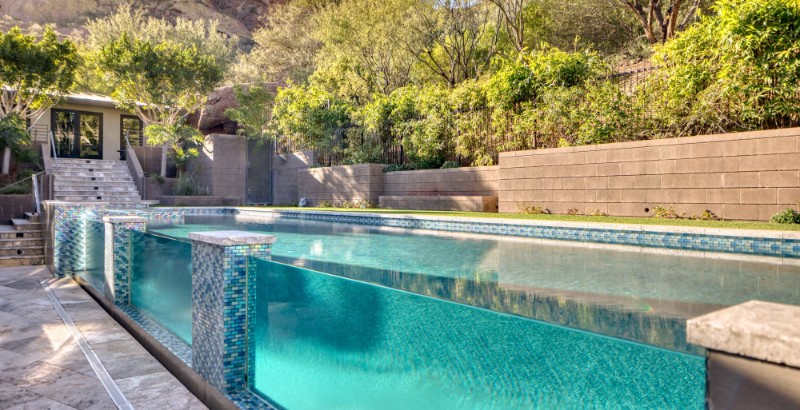
An Arizona Home With a See-Through Swimming Pool Asks $9.3 Million
The roughly 5,600-square-foot Paradise Valley property has come on and off the market several times over the last few years
Read More +
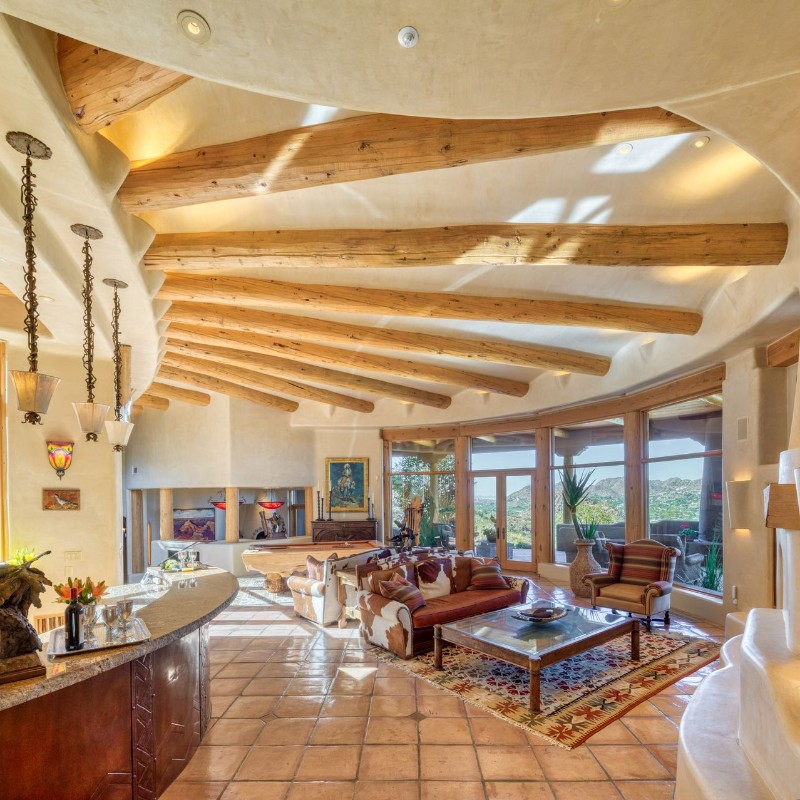
An Arizona Home Filled With Western and Native American-Inspired Art Asks $6.685 Million
The artwork, which includes paintings, sculptures and kachina dolls, could be also be sold, if a buyer is interested
Read More +

Parking Is Not a Problem at This $25 Million Home Built for a Car Collector
The roughly 5-acre Paradise Valley property has a show garage and parking for over 30 cars
Read More +
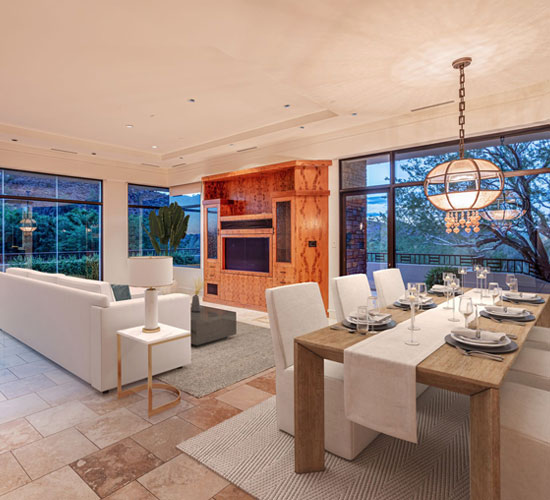
Arizona Cardinals Owner Gets $5.3 Million for Paradise Valley Home Less Than Two Months After Listing
The property, which served as Michael Bidwill’s primary residence for over a decade, is located about 30 miles from the NFL team’s stadium in Glen...
Read More +
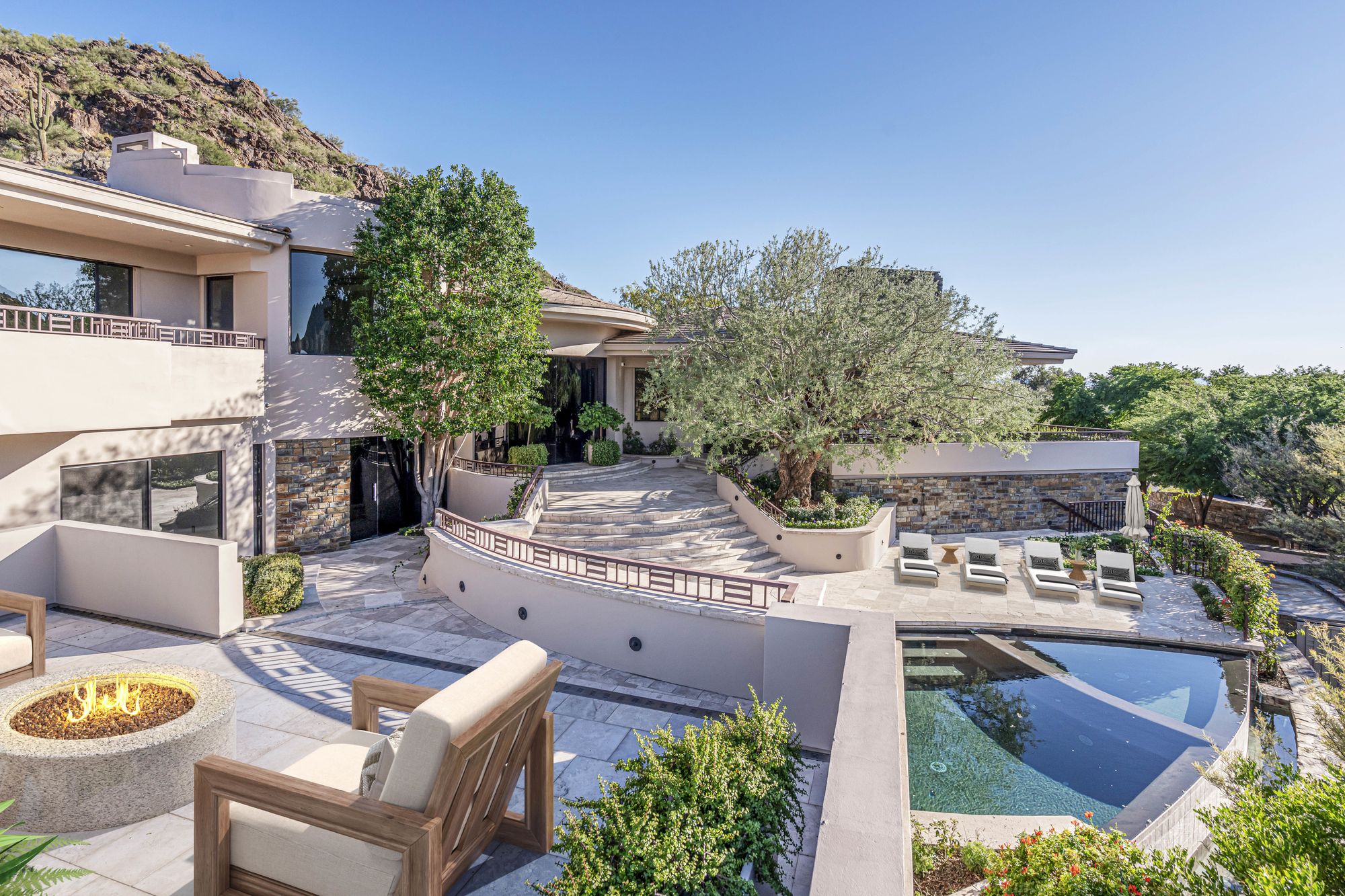
Arizona Cardinals Owner Michael Bidwill Lists Paradise Valley Home
Arizona Cardinals owner Michael Bidwill is listing his Paradise Valley, Ariz., home for $5.8 million.
Read More +
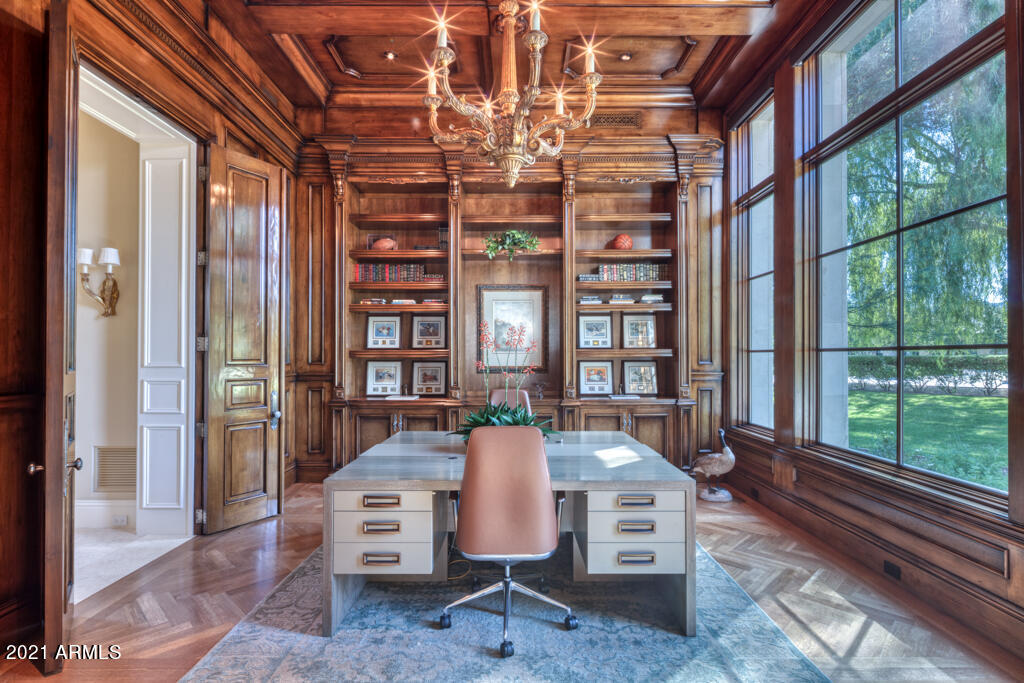
Joan again #1 Arizona Agent in 2022 Real Trends/Wall Street Journal, #40 Nationally
RealTrends + Tom Ferry The Thousand, as featured in The Wall Street Journal, is an annual, national ranking program presented by RealTrends and Tom Fe...
Read More +

In Paradise Valley, a 27-Acre Parcel Lists for $55 Million
The largest parcel of undeveloped land in the affluent Arizona town of Paradise Valley is going on the market for $55 million, according to listing ag...
Read More +
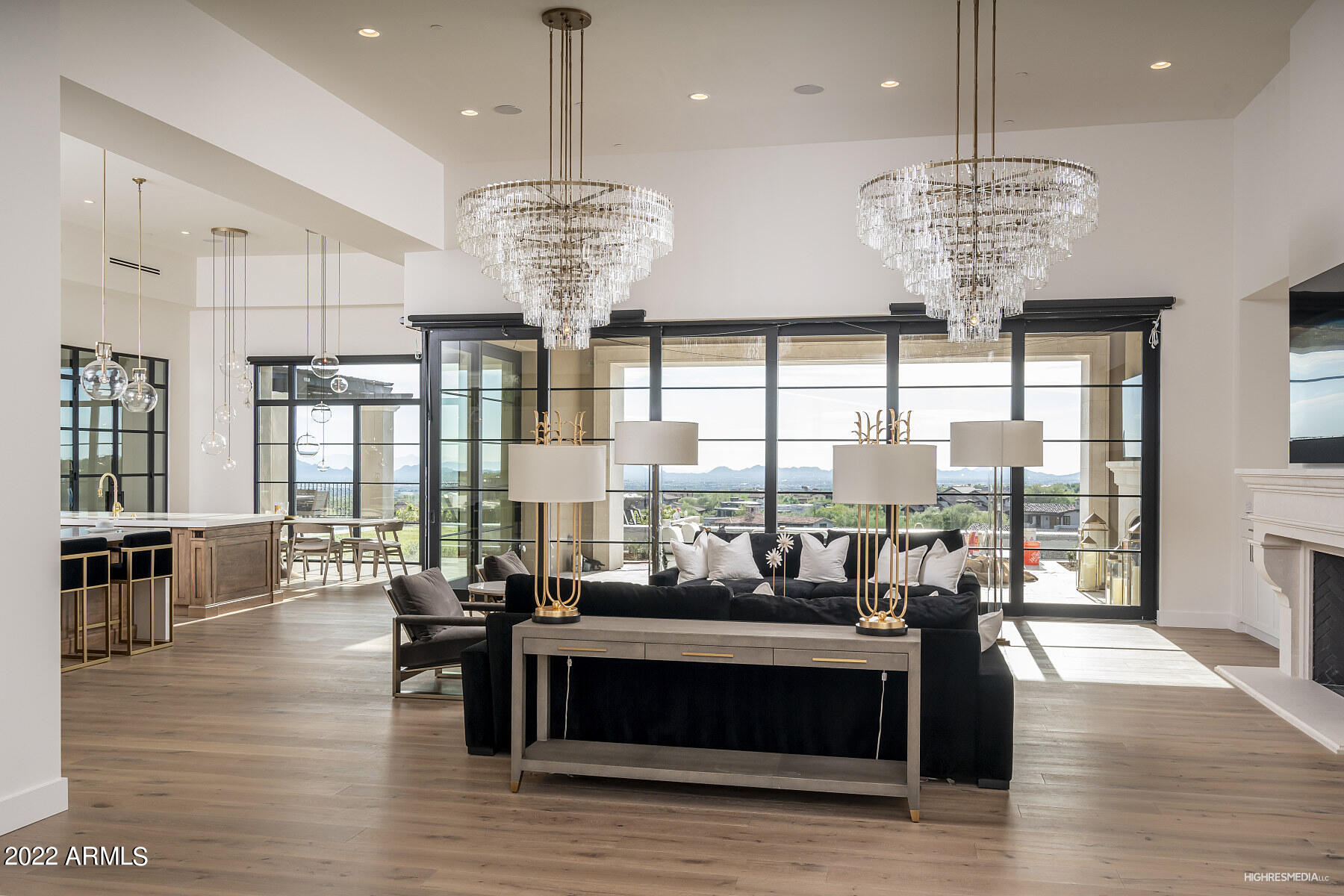
A Big Taxpayer Victory in Arizona- flat 2.5% income tax
Arizonans who fled California for sunnier tax climes can breathe easier after a court ruling that has saved the day from a punitive 8% top state tax r...
Read More +

Former Arizona Coyotes owner Meruelo lists huge Paradise Valley mansion
The former owner of the Arizona Coyotes, who owns several homes in the area, has put his sprawling Paradise Valley mansion on the market with an eye-p...
Read More +

Solar-powered Valley estate with NBA-grade basketball court to list at $16M
Built in 2022, this residence on 2.4 acres in Paradise Valley is solar-powered, has parking spaces for 50 cars and an NBA-grade basketball court.
Read More +

Most-Productive Phoenix-Area Residential Real Estate Agents 2024
List gathered with the help of local residential real estate brokerages. Information points include: 2023 local dollar sales volume ($30M minimum), nu...
Read More +
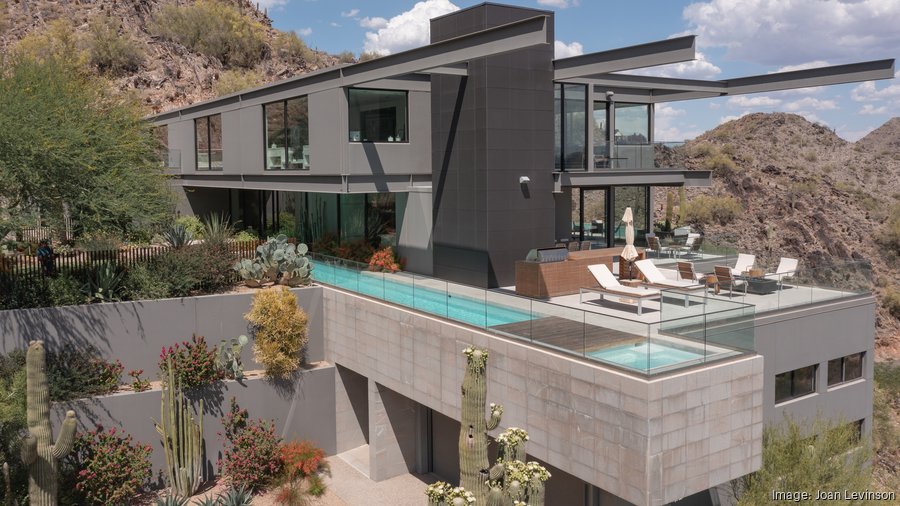
Pair of Paradise Valley estates sell, including one owned by former MLB star
A sprawling Paradise Valley estate perched on top of Phoenix Mountains Preserve sold immediately after the price was trimmed. Plus, a home owned by fo...
Read More +

Largest luxury parcel sells for Arizona Record $42 Million
The largest non-hillside property available in all of Paradise Valley just closed today for $42 million, down from the original $55 million listing.
Read More +
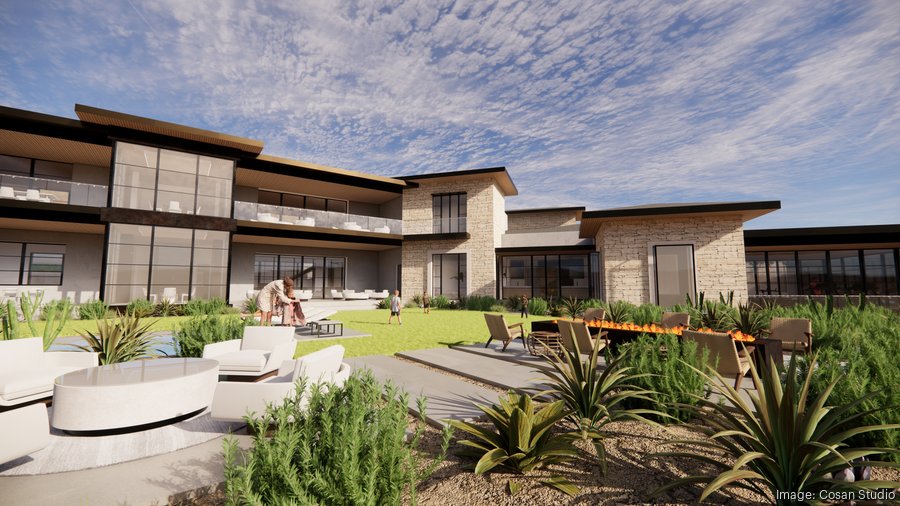
Metro Phoenix luxury home prices push higher into the stratosphere as wealthy movers keep coming
The luxury market in Paradise Valley and Scottsdale is breaking through a new barrier, with listings upward of $75 million for ultra luxury estates. M...
Read More +
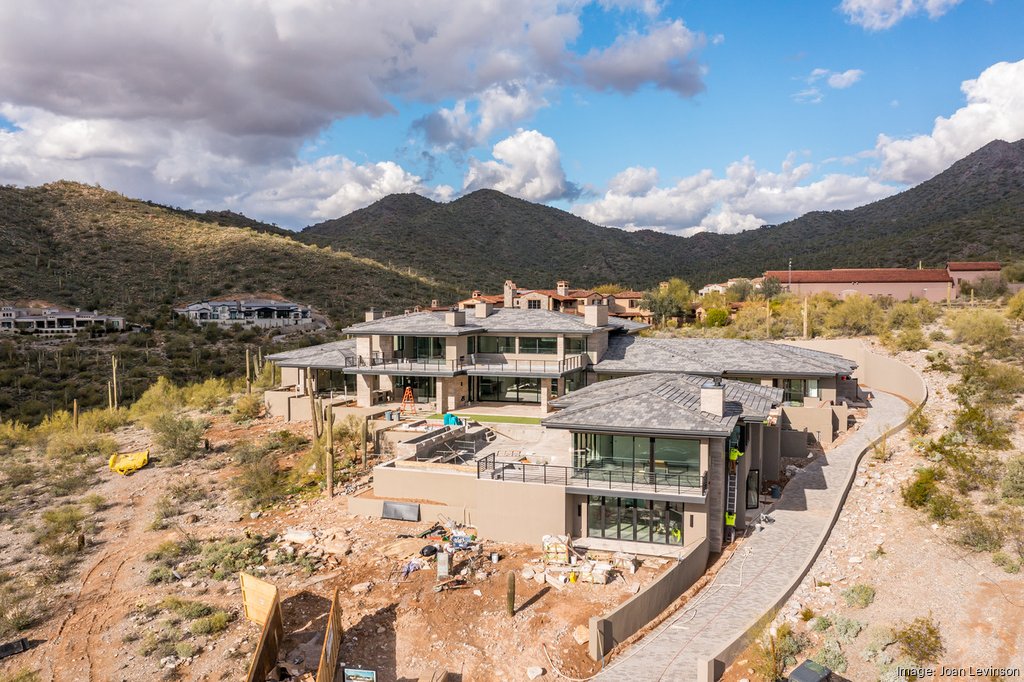
Luxury broker races against the clock to sell former Coyotes’ owner’s Valley mansion
If a luxury broker doesn't sell this home by Feb. 22, the owner will move in. The $29 million sale price includes $2 million of furniture already orde...
Read More +

Paradise Valley’s largest vacant parcel back on market
A 27-acre parcel in Paradise Valley has once again hit the market for $55 million after buyers fell through a couple of weeks ago.
Read More +
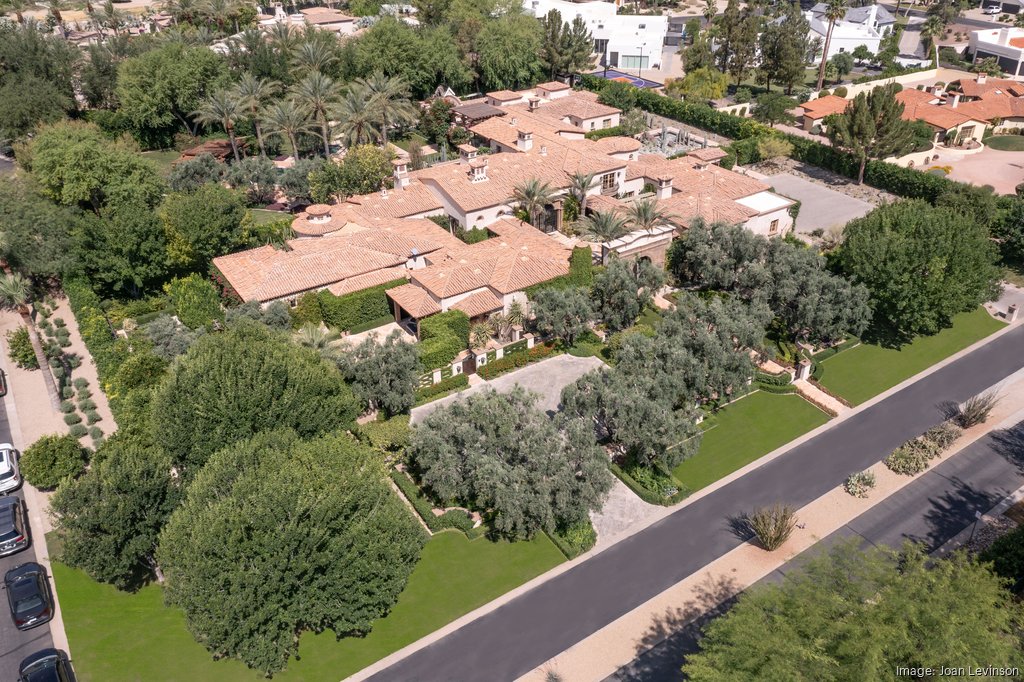
Dream Getaways: $20M Paradise Valley estate comes with a $1M gold-tinged closet
What's a $1 million closet made out of? Gold? Actually, yes. The closet in this sprawling mansion boasts gold-leaf details.
Read More +
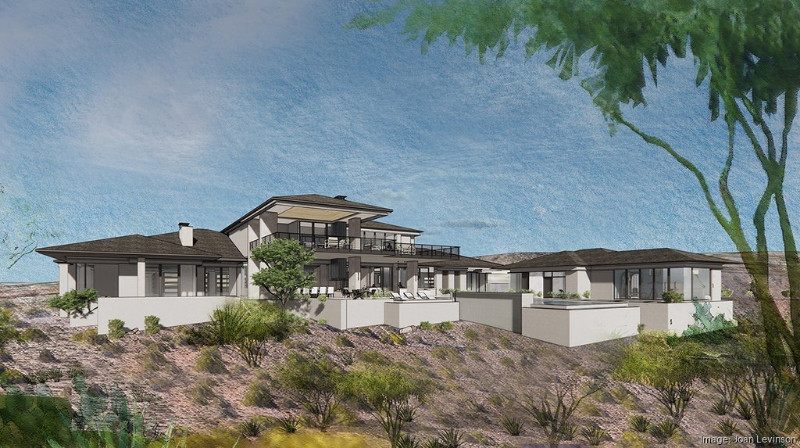
Arizona Coyotes minority owner lists $27.5M Scottsdale Mansion
Andrew Barroway, a minority owner of the Arizona Coyotes hockey team, is building a 15,378-square-foot mansion in Silverleaf's upper canyon in north S...
Read More +

Most-Productive Phoenix-Area Residential Real Estate Agents
List gathered with the help of local residential real estate brokerages. Information points include: 2022 local dollar sales volume ($30M minimum), nu...
Read More +
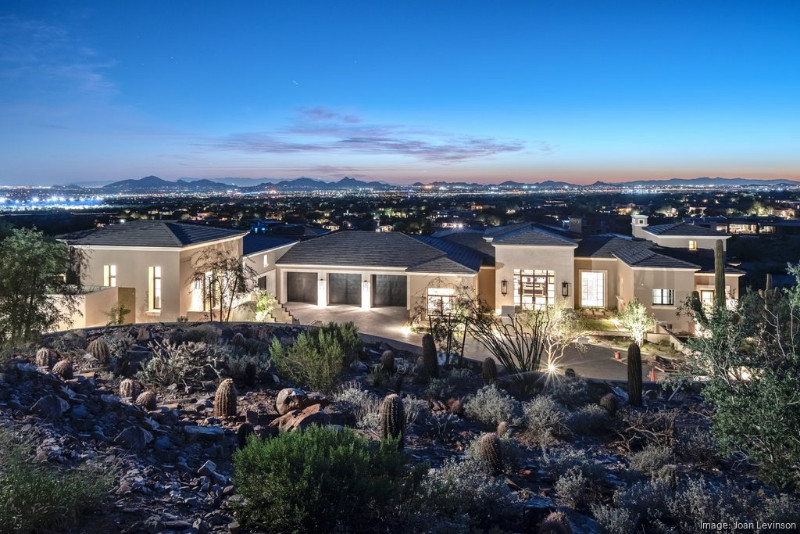
After streak of Valley luxury sales, broker lists Bing Hu home in Silverleaf for $27.5M
It's no secret the luxury market in Paradise Valley and Scottsdale is on fire, but one luxury agent was so busy she sold five homes within three weeks...
Read More +

Arizona Cardinals’ new head coach buys newly built Valley home for $10M
The new head coach of the Arizona Cardinals is putting down roots. Here are the details about the newly built home he just bought in Paradise Valley.
Read More +

Levinson closes on off-market PV estate
Usually, the luxury market is slowing down during the hot summer months. But for some reason, luxury agents are busier than ever, selling mansions off...
Read More +

Paradise Valley Luxury Mansion Sold by Tech Entrepreneur for $23.5 Million in Cash
Listed for $25 million, a 18,575-square-foot estate on five acres sold for $23.5 million in an all-cash deal — making it the most expensive home to ...
Read More +

An Arizona Home With a See-Through Swimming Pool Asks $9.3 Million
The roughly 5,600-square-foot Paradise Valley property has come on and off the market several times over the last few years
Read More +

Parking Is Not a Problem at This $25 Million Home Built for a Car Collector
The roughly 5-acre Paradise Valley property has a show garage and parking for over 30 cars
Read More +
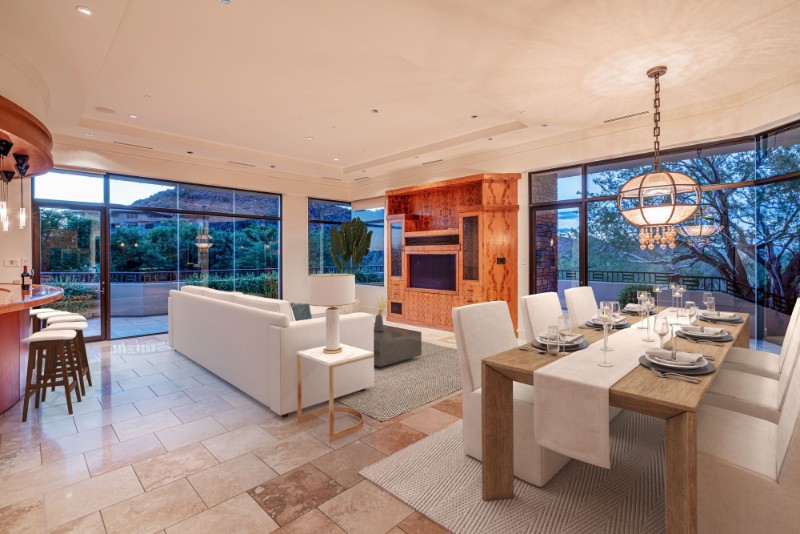
Arizona Cardinals Owner Gets $5.3 Million for Paradise Valley Home Less Than Two Months After Listing
The property, which served as Michael Bidwill’s primary residence for over a decade, is located about 30 miles from the NFL team’s stadium in Glen...
Read More +
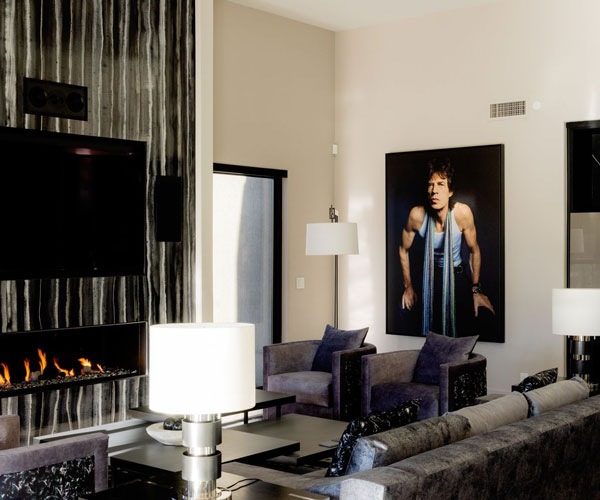
Why Are Millionaires From All Over the Country Moving to This Little-Known Arizona Suburb?
In Paradise Valley, home prices are roughly double what they were just three years ago
Read More +
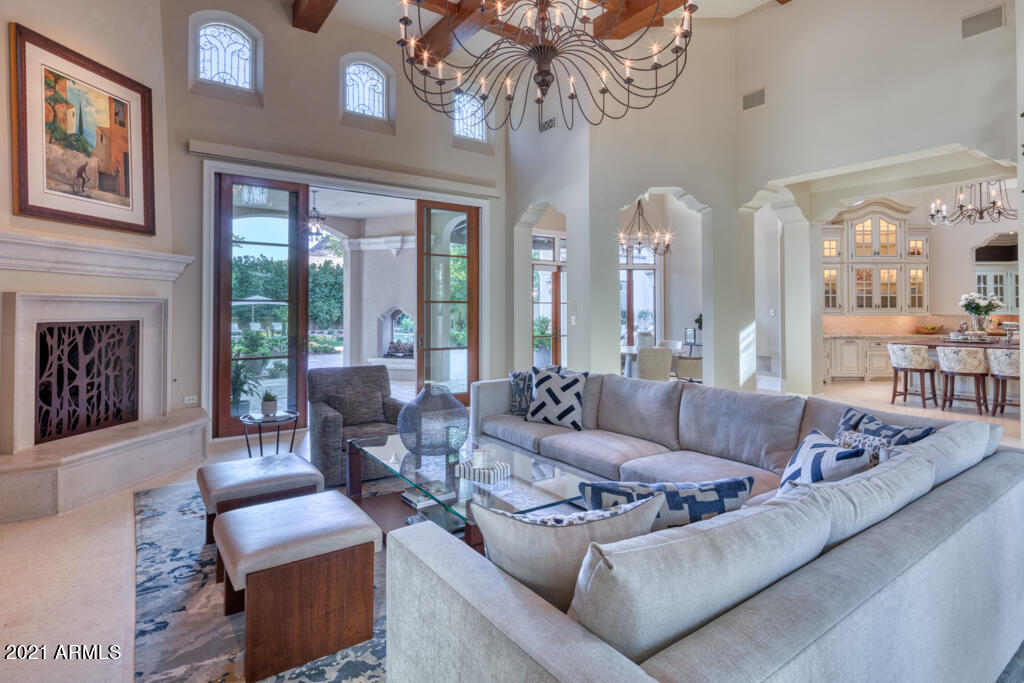
Paradise Valley Home With Its Own Soccer Field Almost Scores New Arizona Price Record
The $17.5 million deal for the nearly 5-acre property fell just short of what the home of Phoenix Suns owner Robert Sarver sold for late last year
Read More +

Breathtaking Views and Impeccable Architecture in Phoenix’s Premiere Enclave, Paradise Valley
Nearby amenities, natural beauty and a laid-back lifestyle continue to draw buyers to the neighborhood
Read More +
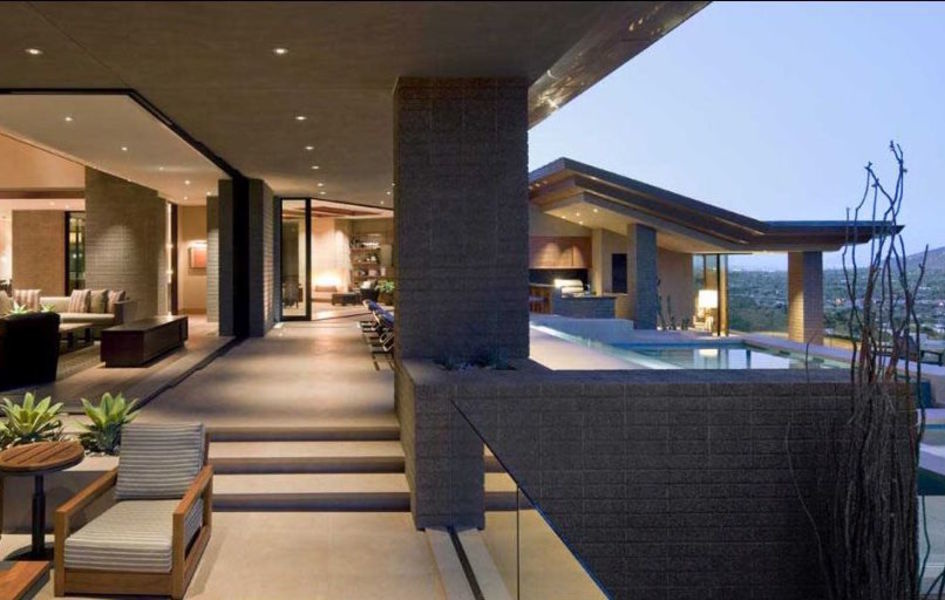
$15.65 Million Arizona Mansion Breaks Price Records
The 14,000-square-foot home reportedly sold to a tech executive
Read More +
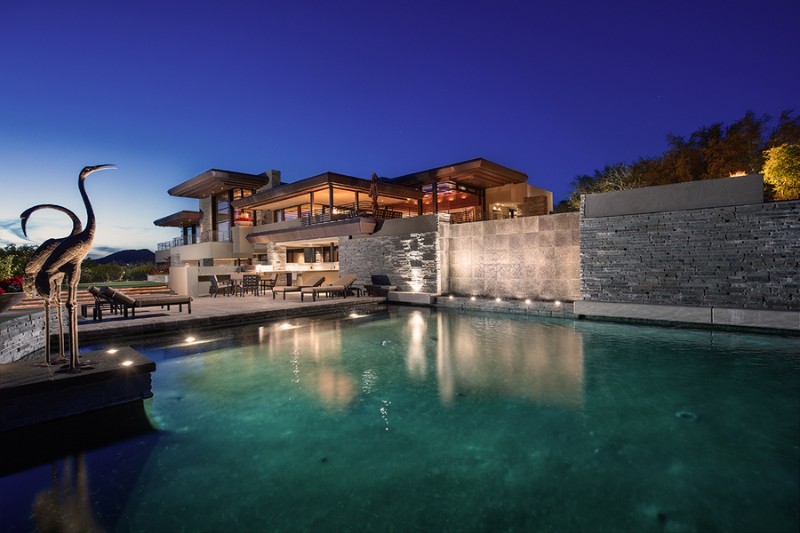
Listing of the Week
Which featured property is your favorite?
Read More +
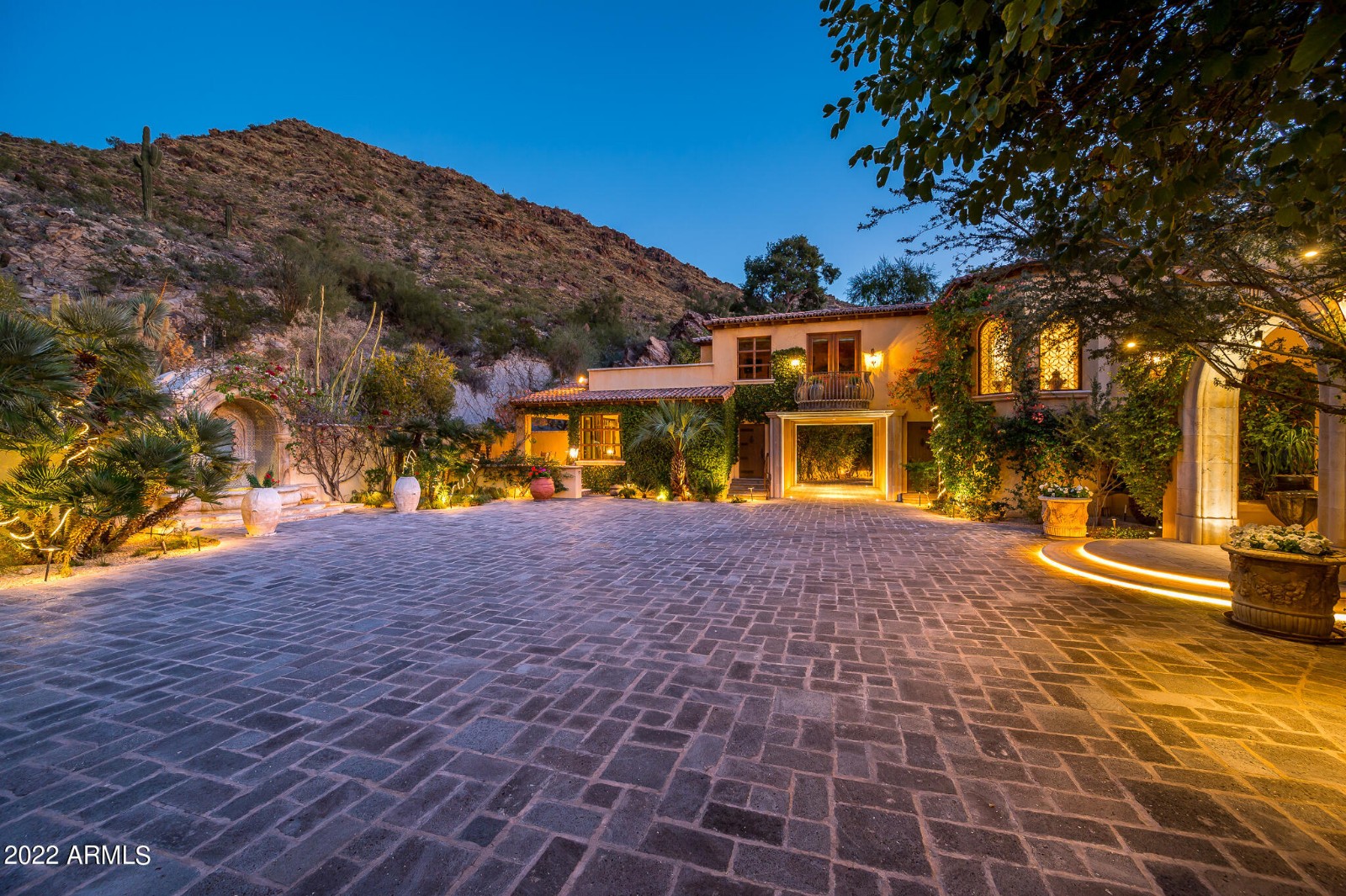
A Striking, Southwestern Abode Designed by Architect Bob Bacon
The home’s subtle nods to Frank Lloyd Wright pay homage to the legendary architect’s influence in the region
Read More +

Paradise Valley home with Camelback Mountain views sells for $9.25M
A 7,370-square-foot Paradise Valley home sold in March 2025 for $9.25 million. The house on two acres comes with five bedrooms, seven bathrooms, Camel...
Read More +

Paradise Valley mansion with garage space for over 20 cars sells for $15M
A 10,051-square-foot Paradise Valley mansion was bought with cash in early February 2025 for $15 million. The house located on 2 acres has eight bedro...
Read More +

Paradise Valley mansion with basketball court, garages for 50 cars for sale for $15.9M
A view of the luxury Paradise Valley home that is listed for $15.9 million and contains a full-size basketball court and life-sized chess game.
Read More +

Paradise Valley mansion with opulent French-chateau interior on the market for $8.5M
A Paradise Valley mansion reminiscent of the inside of France’s opulent Palace of Versailles is for sale.
Read More +
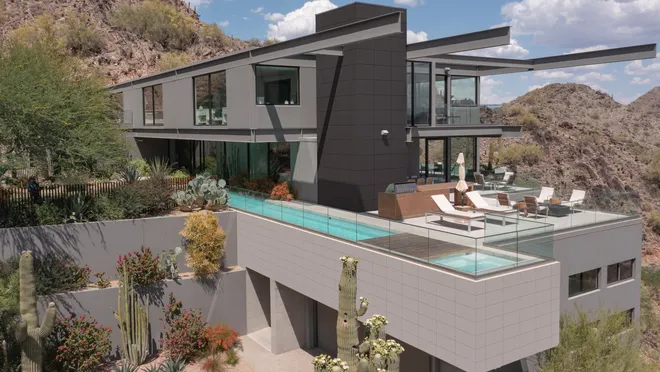
Wife of former Wells Fargo CEO sells Paradise Valley mansion for $11.75M
The wife of the former Wells Fargo CEO John Stumpf, who stepped down after the bank was found to have charged customers for car insurance without thei...
Read More +

A look at some of Paradise Valley’s top home and land sales in 2024
The highest-priced Paradise Valley home to sell so far in 2024 is a 10,676-square-foot house that went for $14 million in early April. The Spanish rev...
Read More +

Paradise Valley land owner sells 27 acres for lower offer of $42M to ensure fewer homes built
A 27-acre vacant parcel in the heart of Paradise Valley has sold for $42 million. But don’t expect as many houses to be built on the site as the num...
Read More +

Paradise Valley homes with pickleball, tennis courts highlight priciest Phoenix houses sold
A Delaware LLC named after the address of the property paid cash for a 6,232-square-foot Paradise Valley house with five bedrooms and 6 1⁄2 bathroom...
Read More +
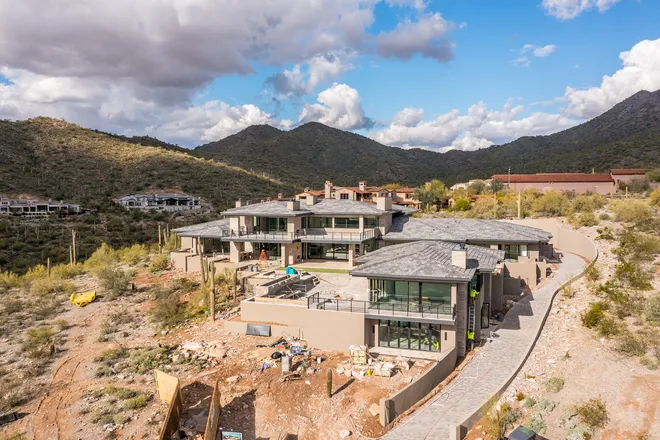
New Scottsdale mansion hits the market for $29M, but buyer must act fast
A north Scottsdale mansion in Silverleaf with garages for 20 cars, a $1 million home theater and a golf simulator is on the market for $29 million.
...
Read More +

A vacant 27-acre parcel in the heart of Paradise Valley for sale. Asking price: $55M
A 27-acre vacant parcel in the heart of Paradise Valley is on the market for $55 million.
The land was bought by former Dial Corp. CEO John Teets a...
Read More +

Huge land parcel in Paradise Valley on the market
A 27-acre vacant parcel in the heart of Paradise Valley is on the market for $55 million. The land was bought by former Dial Corp. CEO John Teets and ...
Read More +
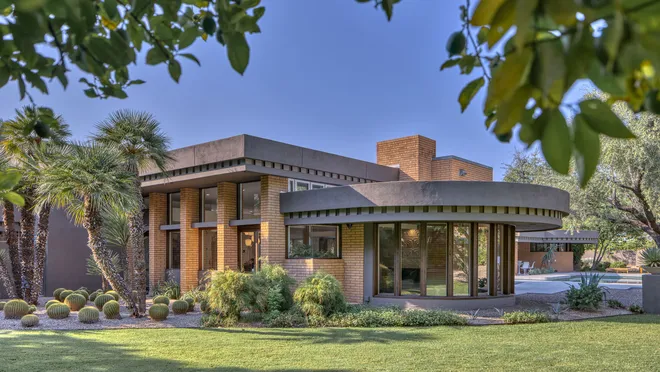
Metro Phoenix’s top home sales: Professional golfer sells Scottsdale condo for $5M
A professional golfer sold a Scottsdale penthouse for $5 million, and a Phoenix Biltmore-area house designed by the Frank Lloyd Wright Foundation sold...
Read More +
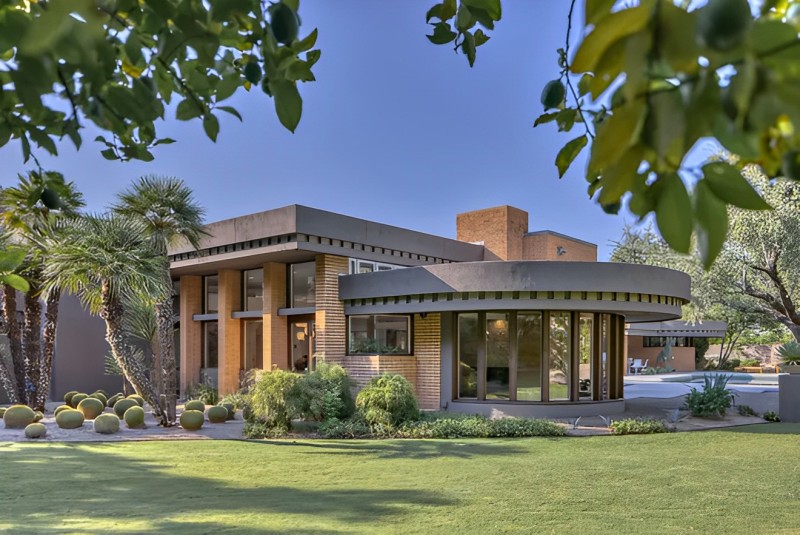
Phoenix Frank Lloyd Wright Foundation near Biltmore sells for $5.2M
This home designed by the Frank Lloyd Wright Foundation near Phoenix’s Arizona Biltmore resort boasts 5,453 square feet of living space with five be...
Read More +
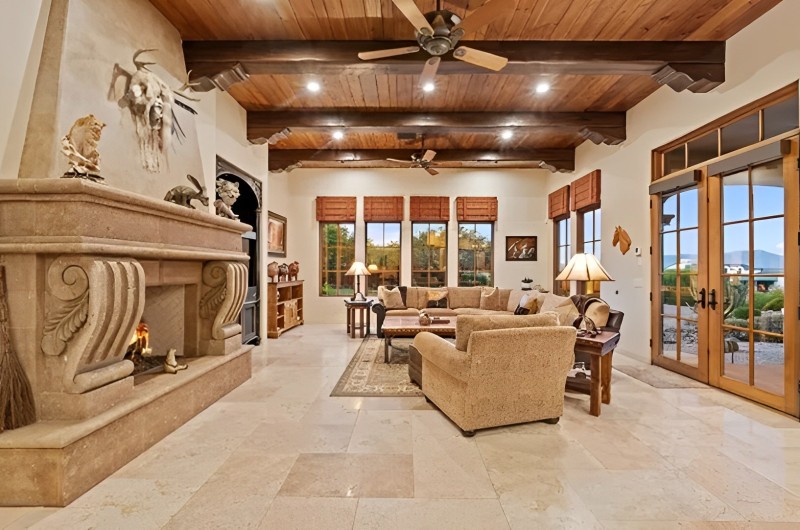
Metro Phoenix luxury home sales didn’t slow over the summer. Why and who’s buying?
Metro Phoenix’s million-dollar home sales didn't slow during the summer, despite the housing market's overall slowing. Nearly as many Valley homes s...
Read More +
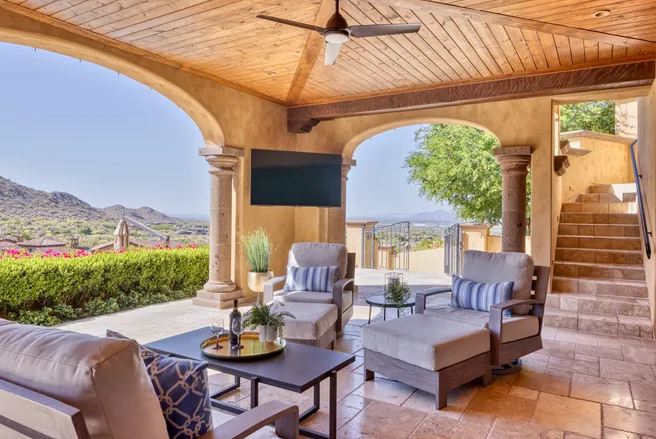
Former Arizona sports team owner sells home in north Scottsdale’s Silverleaf community
This north Scottsdale house with five bedrooms and six bathrooms has a full-size gym, a theater, a large bar, a walk-in wine cellar, sliding pocket do...
Read More +

Paradise Valley luxury homes reach high marks in May
Two luxury homes in the Paradise Valley area recently closed with high distinctions.
Read More +

Take a trip down the rabbit hole in this Paradise Valley home
There are many things striking about the 15,800-square-foot estate that sits on 2.25 acres between Mummy and Camelback mountains in Paradise Valley.
Read More +

Paradise Valley Real Estate Market Stays Hot
Good to be a Realtor in Paradise Valley this August. August was a banner month for the luxury home market in Paradise Valley. The median sales price l...
Read More +

Scottsdale, Paradise Valley summer housing boosted by migrants
While summers are typically slow in Arizona and home sales have declined in the United States overall, migrants have kept the housing market moving in...
Read More +

Mummy Mountain Road in top ‘aspirational streets’ list
In cities across the country, certain streets are not just thoroughfares — they are symbols of status and sophistication that offer more than an add...
Read More +

27 acres near Mummy Mountain in Paradise Valley for sale
Luxury real estate expert Joan Levinson is selling a 27-acre property worth $55 million in Paradise Valley that recently fell out of contract and beca...
Read More +

Year in review: Niche properties big draw for Paradise Valley in 2023
The Town of Paradise Valley’s residential real estate market was a “treasure hunt” in 2023, according to Scott Grigg, founder of The Grigg’s G...
Read More +

Paradise Valley Housing Market Limited by Low Inventory
Paradise Valley’s luxury housing market is unlike much of the Valley, as many wealthy buyers are unaffected by high interest rates and pay cash; how...
Read More +

New record set for most expensive home sold in Paradise Valley
A 5-acre estate featuring parking for 30 cars has shattered the record for the highest priced home ever sold in Paradise Valley.
Read More +
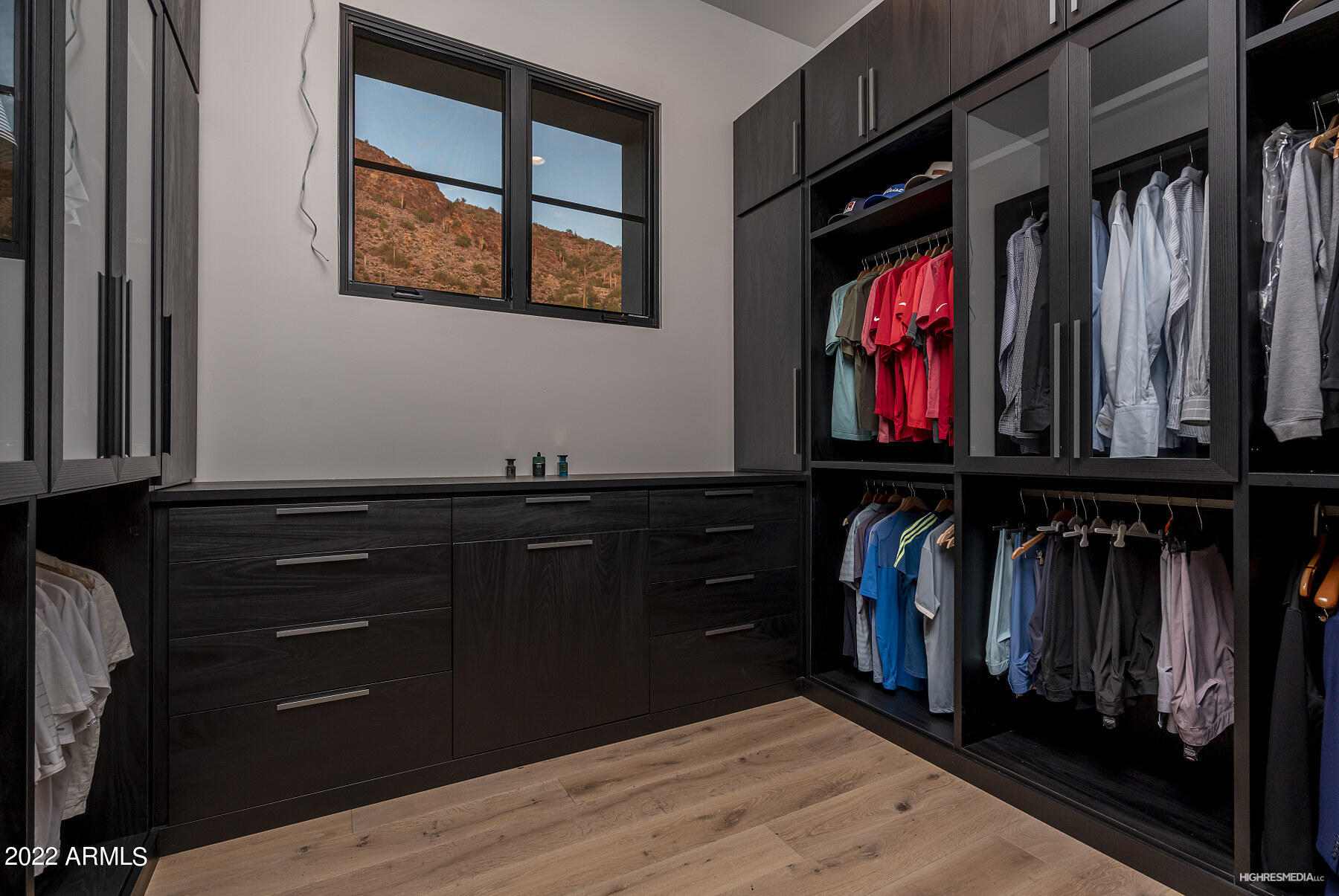
Joan Levinson repeats in as Arizona’s ‘No. 1 Individual Real Estate Agent’ 2022
With a remarkable $348 million in annual sales, Paradise Valley and Scottsdale luxury real estate expert Joan Levinson shattered her own records and w...
Read More +

Notable Paradise Valley Realtor Celebrates 2021 Sales Achievement
Paradise Valley Realtor and resident Joan Levinson is once again on pace to shatter records as the Arizona luxury housing market continues to be among...
Read More +
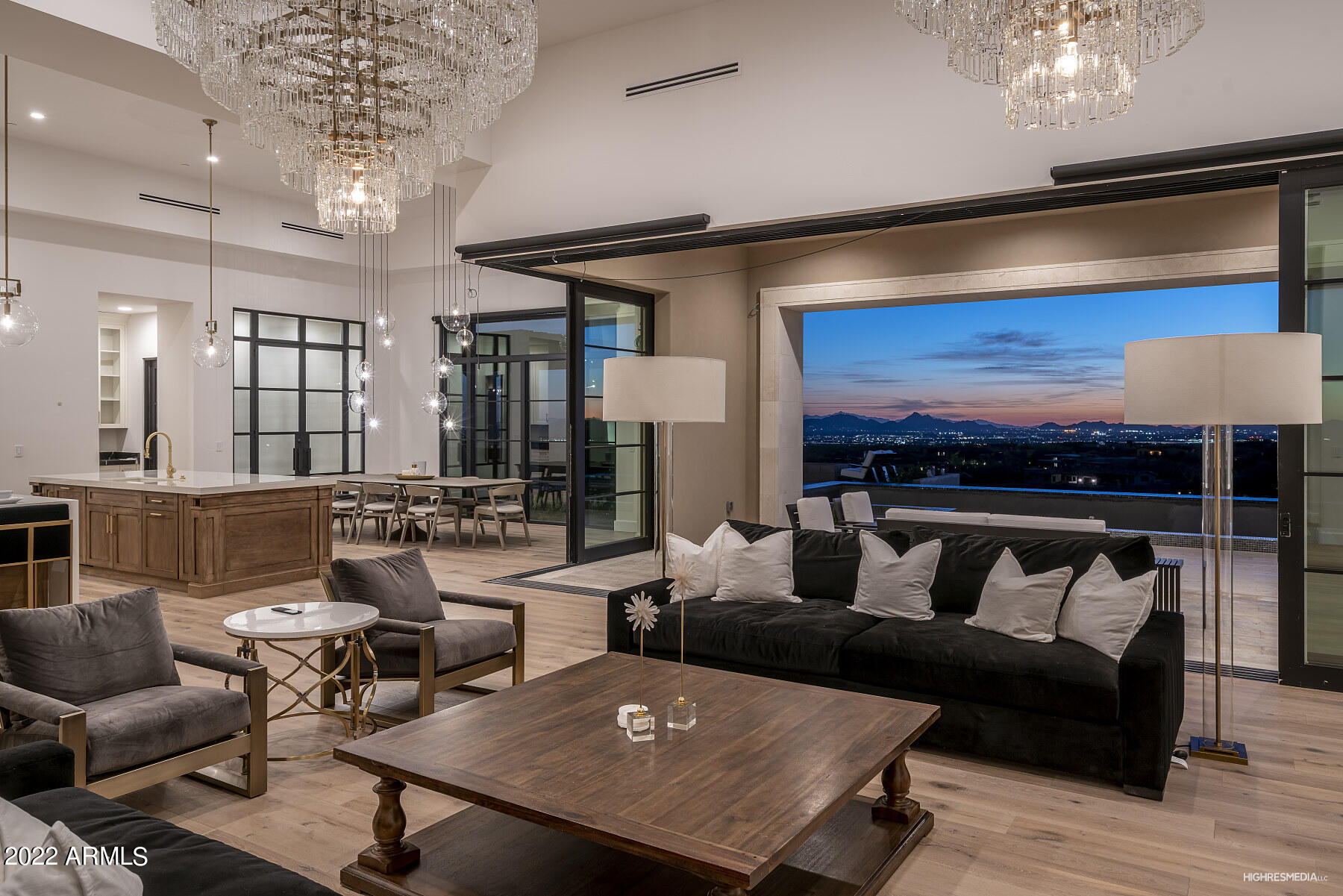
A Plump Investment Valley Buyers Invest in Flagstaff Getaway Homes
One Realtor says a new trend appears to be emerging in northern Arizona, where Paradise Valley and Scottsdale residents are purchasing second homes in...
Read More +
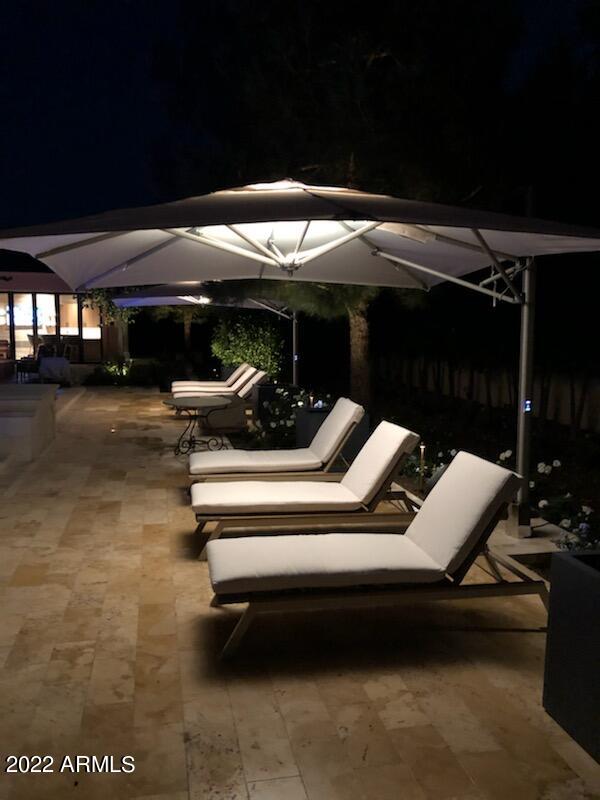
Pace: What you need to know in Paradise Valley — the good and the bad
As we arrive at the council’s summer break, there are items residents need to watch in Paradise Valley.
Let’s review the good and the bad so resi...
Read More +
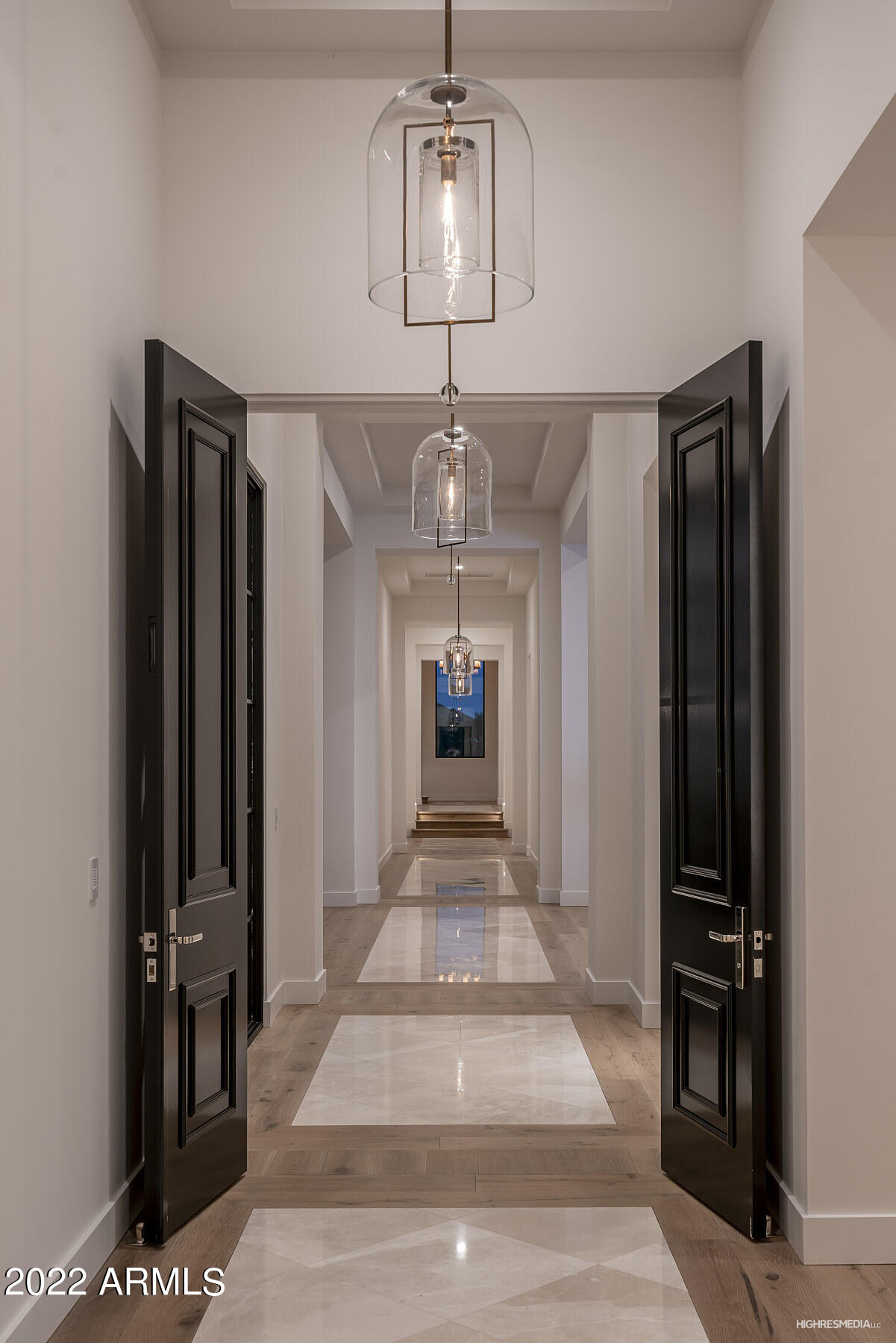
Paradise Valley Luxury Agent Continues Earning Top Recognition
The 2019 Best in Real Estate Awards (BREA) recently recognized Paradise Valley luxury agent Joan Levinson as both the Highest Volume Individual Agent ...
Read More +






















































































